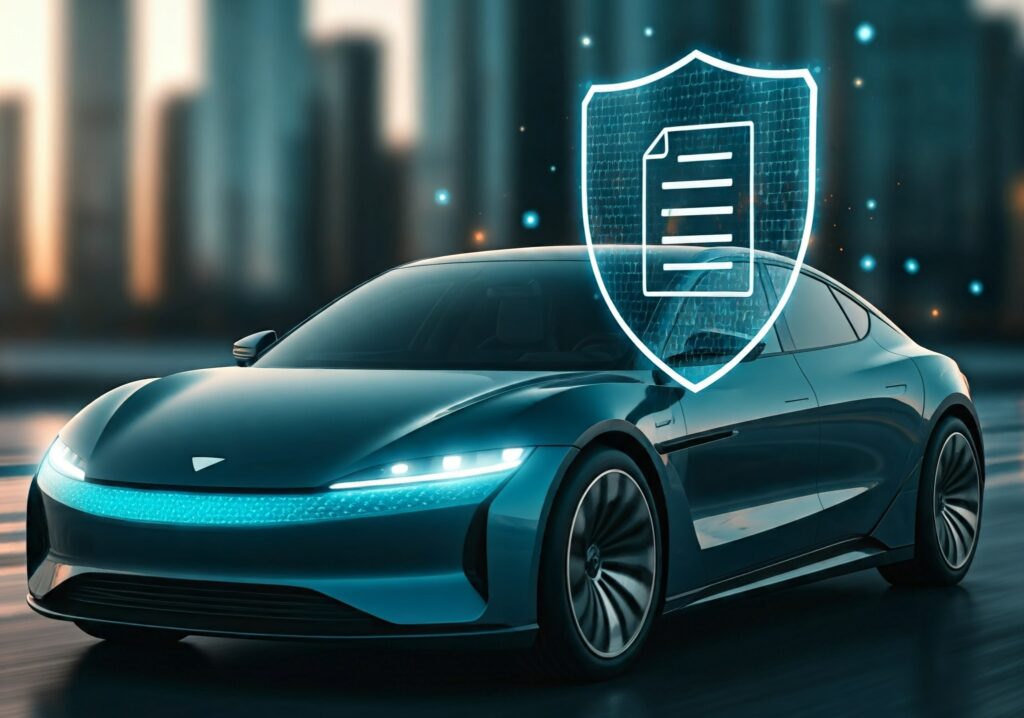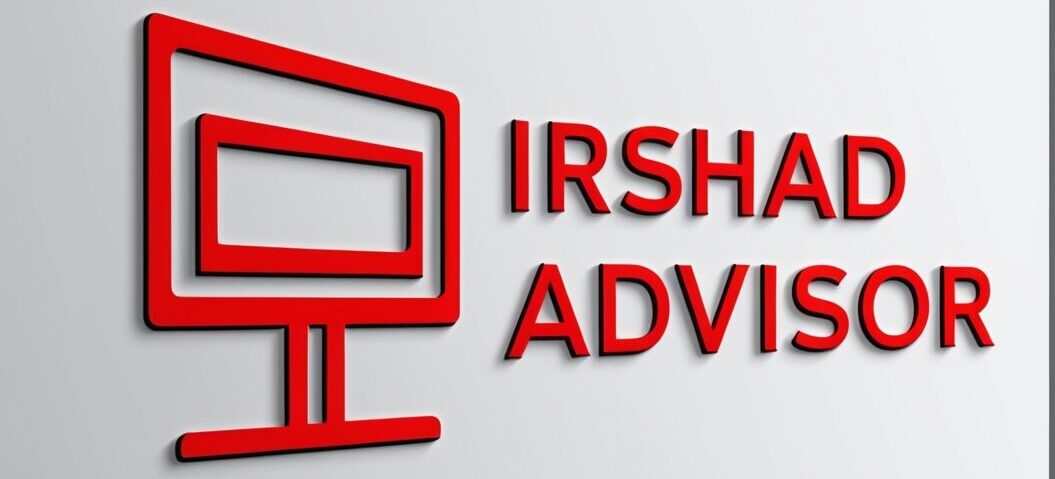What things do we have to keep in mind while claiming the vehicle warranty and for what reasons the vehicle warranty gets rejected.We will also know why it is necessary to buy an extended warranty and what are the warranty limitations. How to claim vehicle warranty.

What is warranty?
The written document assures the customer about the quality of the product, and it is called a warranty by which the manufacturer or seller makes this promise.
Any defects are repaired by the warranty during the specified period of time.
The difference between warranty and guarantee is not understood by most people.
The problem with the product is repaired by the manufacturer or seller, under warranty.
He replaces the product under the “Guarantee” if there is any problem with it.
What is an extended warranty?
A new item comes with a warranty for a specified period, which an extended warranty lengthens beyond that time.
The extended warranty can be bought for a new vehicle or at a later time, but it is subject to certain limitations.
The extended warranty can be purchased only while your vehicle is still covered by the company’s normal warranty.
An extended warranty cannot be purchased once the standard warranty offered by the company has expired.
You can extend the extended warranty from 1 year to 5 years.
Why is it important to buy an extended warranty?
Customers are not required to buy an extended warranty; they have the option to do so at their own discretion.
A warranty is given to you, lasting approximately 2 years, whenever you purchase a vehicle. After the vehicle has been used, no warranty claims can be made for any defects that occur.
New cars typically don’t encounter problems in the early stages. However, as your car ages, its components begin to wear out, and the warranty usually expires around that time. Consequently, purchasing an extended warranty becomes necessary to minimize the financial burden.
Warranty limitation
- Some parts which are not covered under warranty are:
Oil and Fluids, All Consumable Parts, Headlamp Camming, Wheel Alignment, Wheel Balancing, Tyre Rotation, Injector Cleaning, Clutch Adjustment and Valve Clearance.
- The warranty does not cover normal wear and tear of parts.
Bulbs, tyres, tubes, spark plugs, belts, hoses, filters, wiper blades, fuses, clutch discs, brake shoes, brake pads, cables and all rubber parts.
- Vehicles are used in competition, rallies, or racing.
- In an accident, any parts might get damaged.
- Damage to any part of the vehicle, including that caused by negligence, riot, flood, fire, water entering inside, engine damage from hydrostatic lock, or external damage to the body, is not covered by the warranty.
- Warranty claims do not cover damage caused by adulteration or deficiency of engine oil and coolant.
- The headlamps of the vehicle have been enhanced by installing additional accessories or modifying them.
- Have been used in the vehicle any accessories or parts that are not genuine?
- The instructions given by the company have not been followed in the case of this vehicle, regarding its required service.
- Rust in any part of the body.
- Any vehicle whose speedometer has been tampered with or whose kilometer range has been reduced.
- A long period of time passing without attending to the vehicle may result in damage to its body, tyres, or battery.
How to claim vehicle warranty.
Wiring limitations
The wiring warranty is not available if the vehicle’s wiring has been cut by a rat or if there is any kind of cut in the wiring.
This use of external accessories, with their wiring cut and bypassed, is bypassed and used apart from the usual ones.
Battery limitations
a battery warranty may be voided if an additional load is given to the battery installed in your vehicle.
Like installing bass tube, high pressure horn, and high power headlight bulb.

